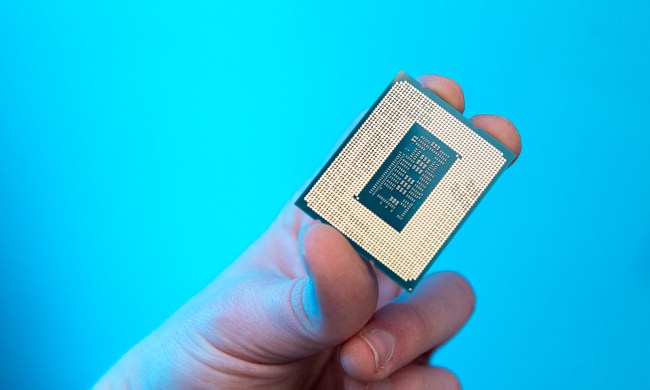
Intel’s hotly-anticipated Lunar Lake CPUs look like they’re suffering a delay, at least according to a report from DigiTimes. The outlet, which covers semiconductor news, says that shipments of the chips are arriving in September and that they were originally planned for June. Intel says otherwise, however.
When Intel first announced Lunar Lake, it said they would arrive between July and September of this year. More specifically, the company pointed out that they’d be available before the holiday shopping season. If June was the original plan, we’d already have a lot more details about the processors. It looks like September was the target all along.
I reached out to Intel, and it said, “Confirming Lunar Lake will be available starting in Q3 ‘24 as noted at Computex — in time for the holiday shopping season.”
Although Lunar Lake isn’t being delayed, the processors are still arriving later than options from Qualcomm and AMD. Lunar Lake is Intel’s bid for new Copilot+ PCs, but they’ll be the last to show up. Qualcomm’s Snapdragon X Elite chip is already available in laptops, and AMD says that its Ryzen AI 300 CPUs will be available in July. Intel hasn’t gone on the record about Lunar Lake arriving in September, but that’s the current speculation as to when they’ll arrive.
Given that the processors are arriving in Q3 — between July and September — it seems far too soon for them to show up next month. Although Intel has gone into detail about the “radical low-power architecture” that is Lunar Lake, we don’t have any specifications for the chips. We don’t even know so much as a model number.
Intel has shared some vague performance comparisons to the Snapdragon X Elite, as well as AMD’s last-gen CPUs. However, we’ll likely know far more about these processors and the performance they’ll provide as we get closer to launch. One critical detail that Intel hasn’t shared yet is power draw, which will be an important aspect to consider against the efficiency that the new Snapdragon X Elite provides.
Although we don’t know many details about Lunar Lake yet, we’ve already seen some devices that will use this new generation of chips. For example, MSI is launching a new version of its Claw handheld with a Lunar Lake CPU.




